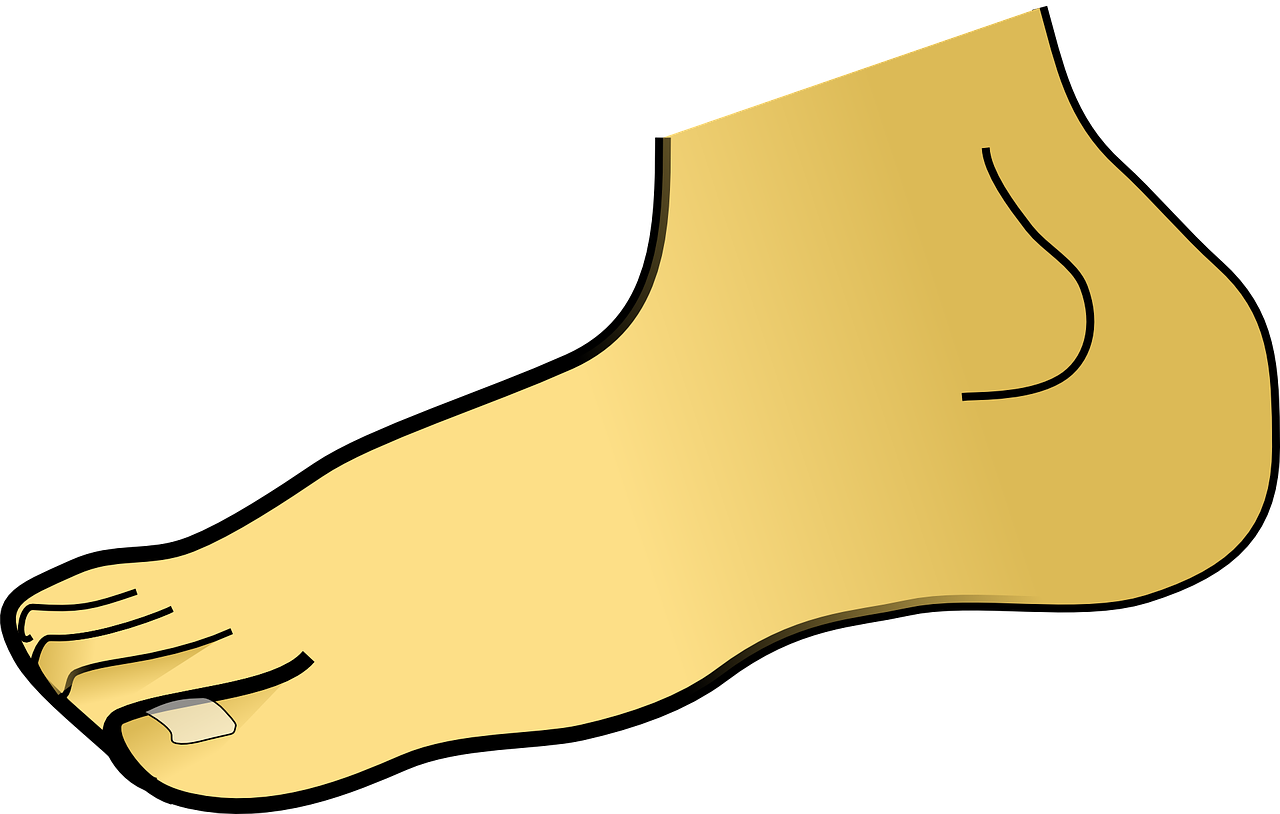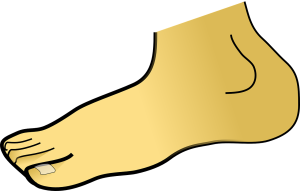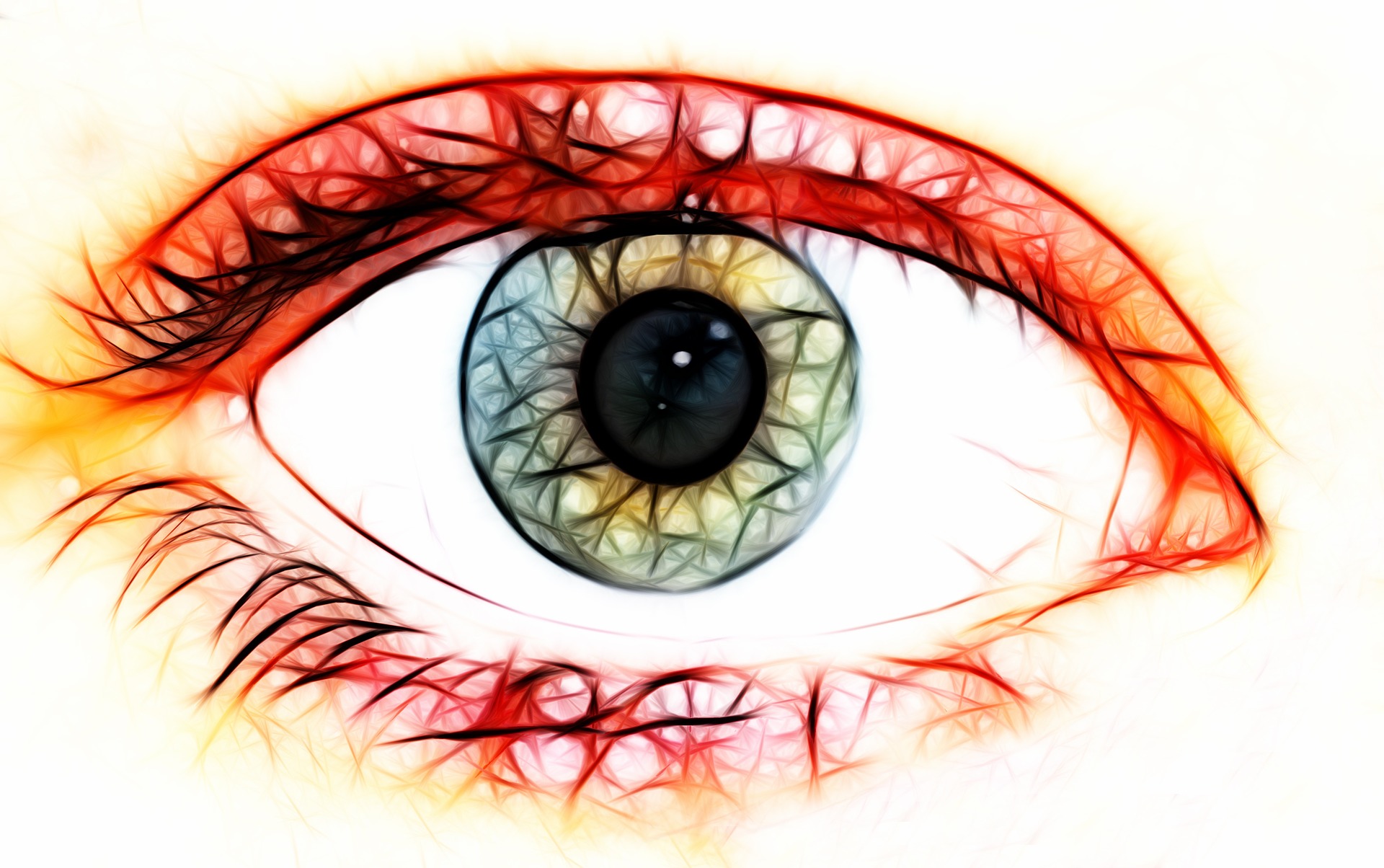
SICKLE CELL AND LEG ULCERS
Sickle cell disease (SCD) is the most common inherited genetic disorder affecting African and Caribbean populations.
The ulcers may develop after trauma or spontaneously, and recurrence rates are extremely high.
The clinical manifestations of sickle cell disease (SCD) are diverse. Among them, leg ulcers are relatively common and can be disabling.
Leg ulcers are a chronic complication for people living with sickle cell disease. Ulcers tend to be difficult to treat successfully, healing slowly over months or years. They can severely disrupt quality of life, increase disability, require extended absence from the workplace.
Ulcers in the lower limbs are complications that frequently affect adults with sickle-cell anemia. Ulcers occur in 8% to 10% of homozygous patients though there are reports of incidence above 50% in patients living in tropical areas. This variability occurs due to genetic differences and environmental conditions. Wounds appear in areas with less subcutaneous tissue and thin skin such as the inner or outer malleolar region, tibialis anterior and less frequently in the instep. They may be spontaneous or a consequence of small trauma. Their occurrence is frequent and the healing process is slow while response to treatment is worse than that observed in wounds of other etiologies.
Leg ulcers are more common in people with sickle cell anaemia (Hb SS) than with other forms of SCD, and males appear to be more commonly affected than females. Ulceration may follow trauma, although they can occur spontaneously. Other possible factors include venous incompetence and vasoconstriction on dependency.
. It is crucial to address both the immediate consequences of pain, infection and disability, and long term effects on quality of life, employment and stigma associated with chronic ulceration.
Treatment:
1 – Eusol (alone or in combination with metronidazole or honey); bed rest, elevation of leg; Solcoseryl cream; RGD peptide matrix dressing and topical antibiotics.
2 – Socoseryl aims to improve the use of oxygen by the skin tissue and so promote wound healing. Topical antibiotics are also used to prevent infection. The RGD peptide matrix is a gel that promotes cell growth. The systemic interventions included arginine butyrate, L-cartinine, and isoxsuprine. Aginine butyrate, given intravenously, is thought to accelerate wound healing, L-carnitine, given orally, is thought to improve tissue hypoxia, and isoxsuprine, given orally as isoxsuprine hydrochloride, is thought to widen blood vessels, so increasing blood flow to an affected wound.
3 – Moist dressing; Debridement – for instance, with papaya; Sodium hypochlorite; topical iodine; Hydrogen peroxide; Unna Boot, Coban compression, elastic bandages, tubular dressings; blood transfusion; chemotherapeutic agents; anticoagulant; skin grafting; Hydroxyurea (can itself cause leg ulcers); preventing loss of fluid; topical hydrocolloid; recombinant human erythropoietin; pain management.
4 – The role of compression for sickle cell ulcers with reference to the use of either Unna’s boot or elastic compression bandages. Absorbent dressings may be used with either method of compression; however, the multilayer compression system provides greater absorbency via the first layer of cotton padding, as well as providing compression during rest.
5 – Comfortable footwear and range of motion exercises should be encouraged, because leg ulcer pain may be exacerbated by some forms of footwear, and may promote maladaptive gait and loss of joint mobility.
Recommended management strategy:
The management of chronic leg ulcers in sickle cell patients can be difficult and protracted. It often results in significant pain, limits physical activity and potential employment, and reduces the quality of life for these patients.
Maintain a moist wound environment to prevent contamination; prevent pain, loss of fluid, cell dehydration and death; maintain function of surface wound-healing factors.
Prevention may include:
Wearing properly fitting shoes, using insect repellent, promptly treating any minor trauma, using support stockings, leg elevation, careful and good hygiene and use of emollients.
Conclusion:
The use of aggressive medical, wound, and physical therapeutic management is recommended for the successful healing of a chronic wound and leg ulceration in patients with SCD.
Ulcer healing is most successful with a combination of systemic control of SCD and intensive local therapy with attention to psychosocial issues.
http://onlinelibrary.wiley.com
https://www.nursingtimes.net
http://www.cochrane.org
http://www.woundsresearch.com








wher can i purchase the solcoseryl cream rgd and peptide matrix dressing, my son needs it bad the docotor’s here are unaware so please tell me me hoe to purchase this. Thank You
Hi Donnie, a thousand apologies; I thought I had replied. If you cannot buy these in Nigeria, then look online for purchase. I hope you son is much better. Or, ask someone you know, family member or friend to purchase it abroad for you. Wishing you and your son well.